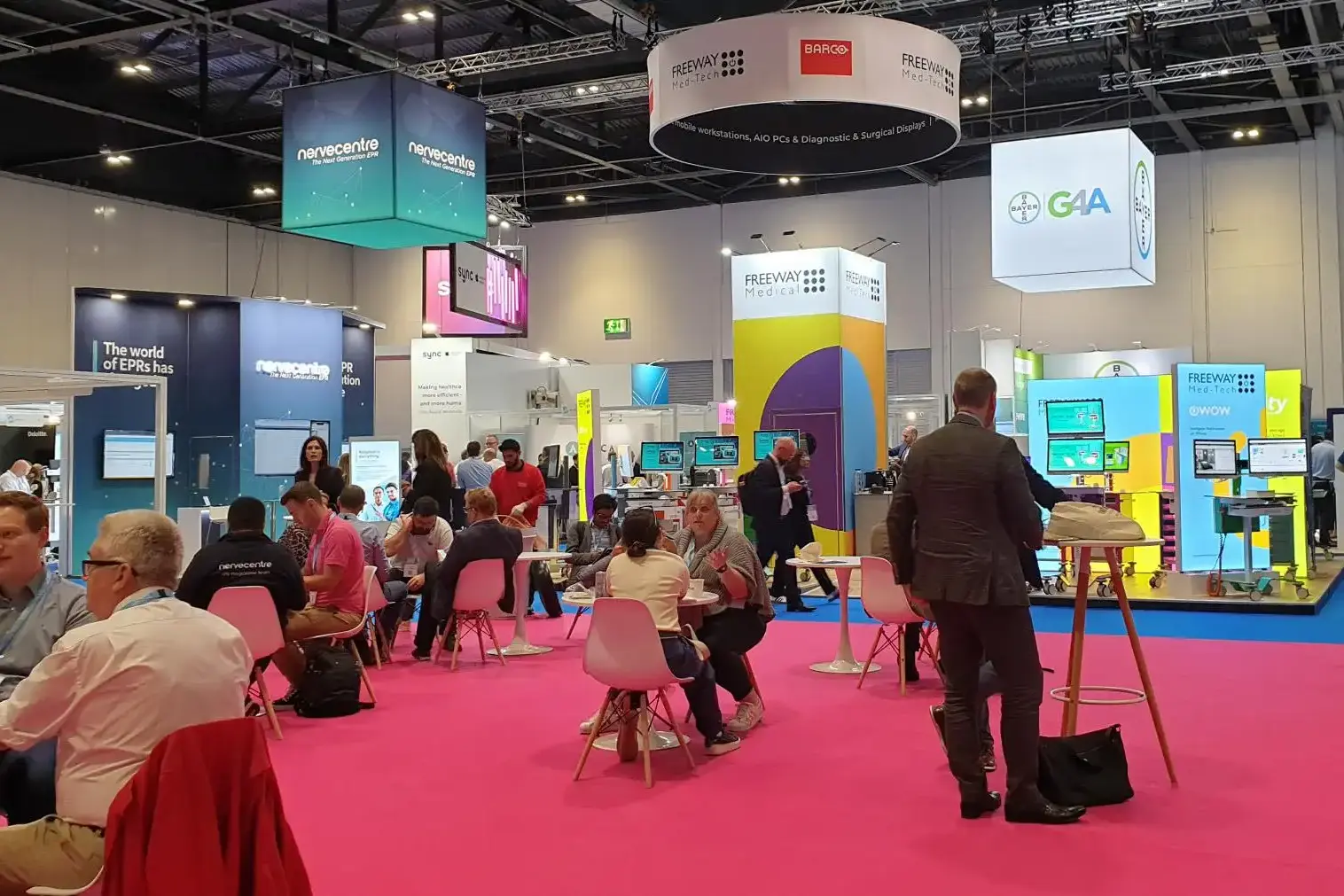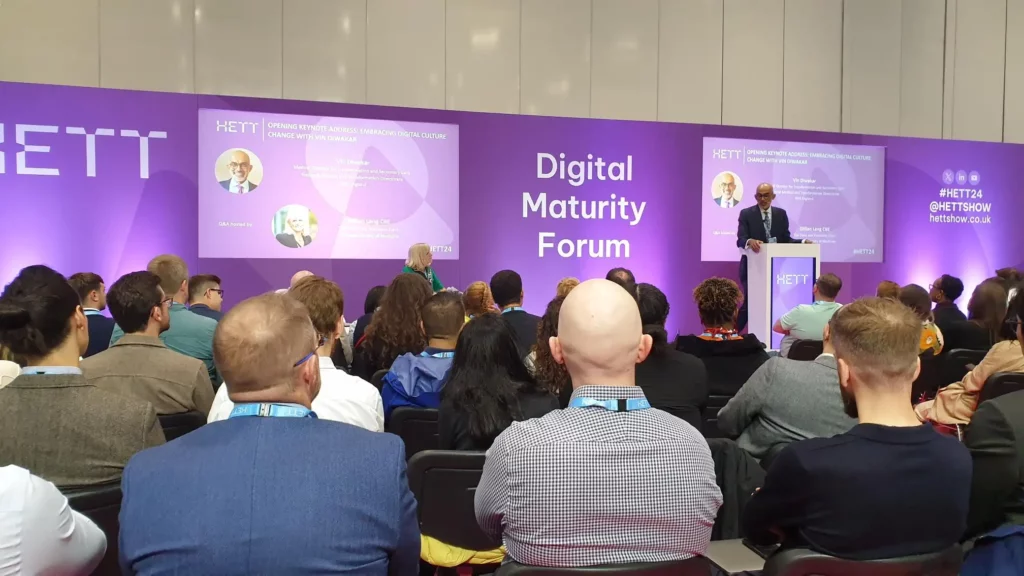

As the Labour Party prepared for its annual conference in Liverpool, ministers were advised to tone down the “doom and gloom” and offer a bit of hope.
Health and social care secretary Wes Streeting wasn’t listening. He doubled down on his policy position that the NHS is “broken.” Went all-in on his reading of the Darzi review, which is that the Conservatives broke it. Left a bit of tough love on the table by saying the NHS must “reform or die” but “we choose reform.”
There was no acknowledgement that the NHS is looking at a financial deficit of £2-£3 billion this year that is leading to staff and service cuts ahead of a “challenging” winter. No mention of investment for reform.
Only the vaguest hint of what reform will look like beyond a shift “from analogue to digital, from hospital to community, and from sickness to prevention.” Details will have to wait for the Budget on 30 October, the comprehensive spending review, and the ten-year plan next spring (Health Service Journal).


The curious inability of a government that won a general election by promising “change” to say what change it will bring about risks leaving public services and their suppliers in limbo. This was evident at this year’s Healthcare Excellence Through Technology, which overlapped with the Labour conference.
Giving the keynote on day two, Vin Diwaker, medical director for transformation at NHS England, described Lord Darzi as “one of the most consequential health leaders” of his generation. But all he could say about his latest review is that: “it gives the government lots to think about.”
Diwaker also noted that the Darzi review says that “many sectors of the economy have been radically reshaped by digital technologies” but the NHS is stuck “in the foothills of digital transformation.” Lord Darzi lays the blame for the “last decade” of “missed opportunity” on a long-term lack of capital funding.
But Diwaker suggested: “The problem is not innovation but lack of adoption.” NHS England is trying to improve adoption by spreading best practice through initiatives such as NHS Impact.
Other areas of focus are fixing basic infrastructure; improving the use of data; and “transforming citizen interactions.” In this context, Diwaker said 40% of the population has downloaded the NHS App but “development has been iterative” and “there hasn’t been a transformative vision.”
There may be one in the ten-year plan. Meantime, further areas of focus for NHS England are dialogue with suppliers and NHS Digital’s old remit of running national services, simplifying procurement, and developing the DDaT profession – which is short of 10% of its workforce, or 3,000 people.
When Lord Darzi issued his report, long-standing commentator Professor Joe McDonald wrote a blog on digitalhealth.net suggesting that NHS IT could do with its own expert review of the past 15-20 years.
“We have probably had a dozen different NHS IT strategies during my time in the field, but I don’t recall any proper, retrospective analysis of how we got to where we are and whether it’s anywhere near where we need to be,” he wrote.
“Our current strategy seems to be to carry on as we are, which has led us to a broken jigsaw of IT systems and an increasingly stagnant EPR market.” There is absolutely no sign that NHS England is inclined to take this on board.
In fact, Diwaker was far from the only speaker at HETT to argue that what the NHS needs to do now is to adopt and optimise what it has. In a panel on day one, Dermot Ryan, director of frontline digitisation, put up a slide showing that trusts using the same EPR system can be at very different levels of digital maturity.
“Even on the same technology platform, there are huge advances to be made in how we use EPRs,” he told his audience. “We have the technology we need. It is about how to use it” [so] lots of our central activity will be focused on that optimisation agenda and sweating the assets.”
Later in the morning, Clive Flashman, chief digital officer at Patient Safety Learning, argued there should also be attention on making sure that EPRs are configured and used as safely as possible.
Drawing on a report about ‘putting patient safety at the heart of implementation’, he said a coroner had criticised a case in which a patient died because the hospital in which they were treated had changed their EPR system. The old set-up had a RAG rating screen for ED: the new one didn’t.
The supplier has since introduced one, but: “how many trusts are still using the old version of the system?” he asked. Flashman also suggested that vendors could also reduce the number of ways that users can use their systems; to encourage them to follow safe and efficient workflows.
“These are difficult systems, and the benefits have yet to be seen,” he said. “So, I think the challenge to vendors is: ‘can we not design out some of these many different ways of doing things in these systems, so the benefits can start to be seen.”
This focus on acute trusts and their EPR systems was curious, given Streeting’s hints that “reform” must focus on that ‘triple shift’ to digital, community, and prevention. ‘Left shift’ is hardly new. It has been around since Lord Darzi was a minister in Gordon Brown’s government and was picked up in the Five Year Forward View and NHS Long Term Plan – and it requires a lot of technology.
Yet there was no mention at HETT of the investment that has been made in shared care records to integrate data from different providers, support multi-disciplinary team working and, potentially, drive population health management initiatives.
There were some sessions on virtual wards, but most were focused on how to evaluate their effectiveness and secure their future, now that NHS England has stopped funding their roll-out. Even the big, national initiatives that are going ahead seemed pretty downbeat.
The Health Service Journal reported that NHS England’s chief data and analytics offer Ming Tang admitted the controversial Federated Data Platform, powered by the even more controversial Palantir, “will not be that spectacular” and will mostly help with logistical tasks.
Digitalhealth.net reported that in the absence of a “transformative vision” the NHS App is trialling a prescription tracking feature. Useful, but already offered by the big online pharmacies, and currently on trial at just three community chemists.
Of course, there was plenty of innovation on show in the exhibition, with several stands – including one staffed by the high-tech Finnish city of Oulu – showing off the latest in remote monitoring and personal wellness technology. But the challenge remains: how can the NHS digest and use all this data?
The Tony Blair Institute was at HETT to promote a report calling for the development of a single, digital health record as a “single source of truth” for medical data that can be accessed through provider, insurer, and patient portals – where insurer, in context, means the NHS as a funder and orchestrator of care.
Charlotte Refsum, director of health policy, argued that now is a great moment to push for this kind of big, IT vision. “In our paper, we talk about data being essential to all three shifts that Streeting talks about,” she said. “The Times [Health Commission] talked about a digital passport for patients.
“The moment is right for people to be excited by this.” Even when pushed, however, she couldn’t say why a DHR should succeed now, when previous attempts to create a person-centred, sharable record have failed (fun fact: Tony Blair’s 2002 election manifesto promised “every citizen a personal smartcard containing key medical data giving access to their medical records”).
In a closing panel on how the new government can transform health and care, Shane Tickell from Temple Black, argued the NHS shouldn’t wait for HM Treasury and Streeting. “The NHS can move fast,” he argued, citing the rapid decisions made during the Covid-19 pandemic.
“The market is ready. It’s frustrated by the pace of change. The action isn’t in Liverpool. It is here. Every one of you can go out and make that change.” In practice that would be tough, without the funding or the suspension of so much governance and regulatory requirements, that came with the pandemic.
For the moment, the message for the health tech market would seem to be that it needs to help the NHS to optimise its IT and drive productivity. But it would be good to hear some of the “bold and radical” ideas that Streeting says he is looking at (Health Service Journal); coupled with realism about what has worked – and not worked – in the past. While we’re waiting – for the Budget, and the CSR, and the ten-year plan.
Leeds GP and CCIO will bring an important primary care perspective to the leading health…
Innovation in UK MedTech, and policy issues including regulation, integration, sustainability, and collaboration, will take…
The Highland Marketing advisory board met to consider the government’s enthusiasm for AI. To date,…
For more than 140 years, the vaulted arches of historic Manchester Central have represented strength…
Bringing a passion for nursing and safety she looks forward to being part of a…
The health tech sector is booming and as more players enter this competitive space, having…